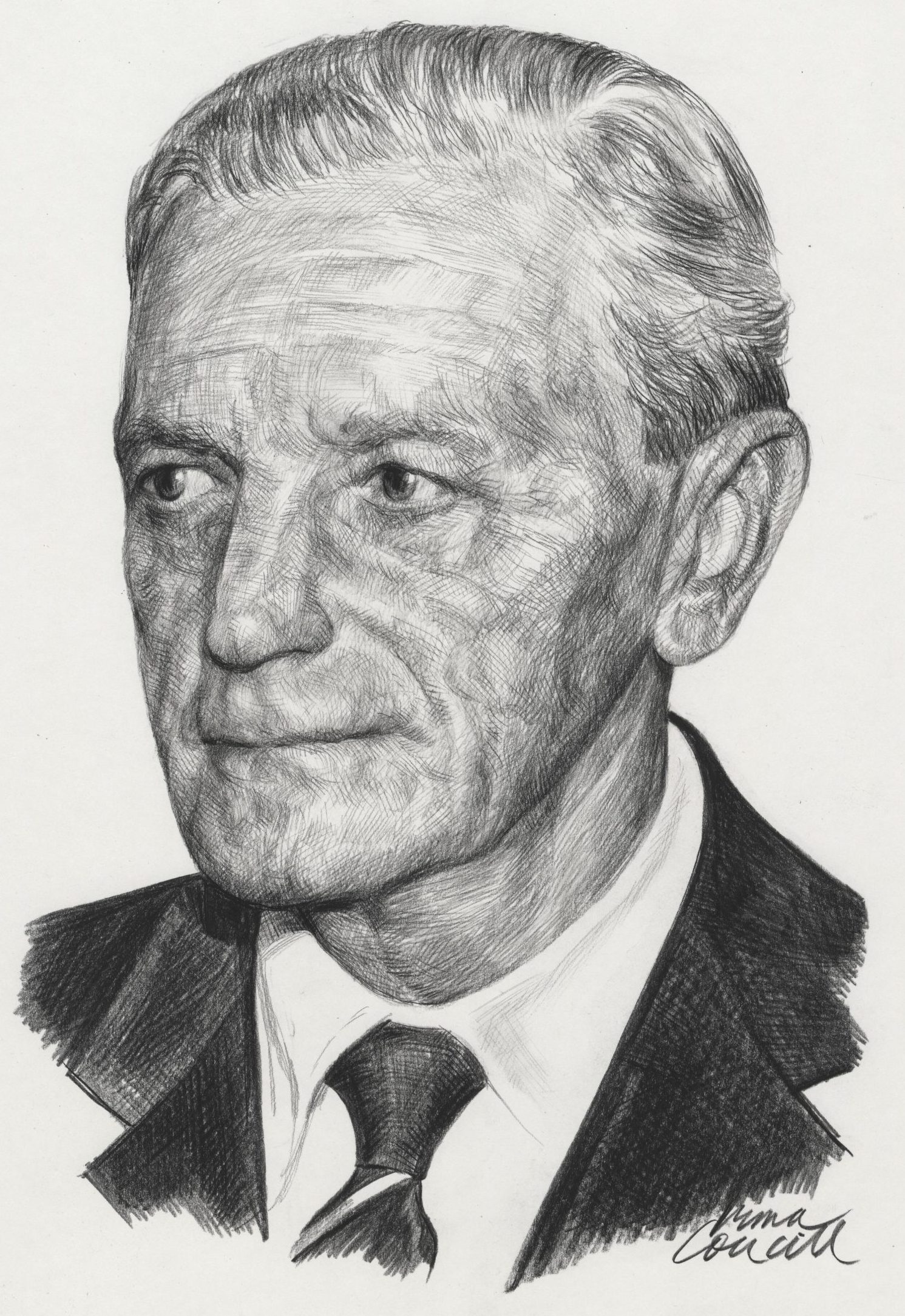Douglas Cowan Fraser

Birth Date: August 21, 1904
Birthplace: St. John's, Newfoundland
Death Date: March 5, 1990
Year Inducted: 1987
Awards: LLD (Hon)
His exceptional flying abilities coupled with scientific interest in aviation have made him an honoured member of Canada's flying fraternity and earned him a prominent place in Newfoundland history
An Early Passion for Flight
Douglas Cowan Fraser, LL.D.(Hon), was born in St. John's, Newfoundland, on August 21, 1904, while that island was still a colony of Britain. His early education took place at Bishop Field College in St. John's and following graduation he attended Framlington College in Suffolk, England. While there he made his first flight at Cricklewood Airport. In 1927 Fraser returned to Canada and began to work for Curtiss-Reid Aircraft Manufacturing Company at Cartierville, Quebec. He earned his Private Pilot's Licence in 1928 and a Commercial Licence the following year.
Bringing Flight to the East
With the assistance of several St. John's businessmen, Fraser formed Old Colony Airways in 1931. During the early 1930's, facing some of the most difficult and treacherous flying weather, and with little financial support, he promoted aviation throughout Newfoundland. Except in the cases of mercy flights, there was little public support for his work, and government assistance was not forthcoming.
Using a Curtiss Robin on floats, Fraser was involved in forestry patrols and aerial location of squid, capelin and seals for the Department of Fisheries. He flew surveying parties, geological expeditions, mercy flights and aerial searches throughout Newfoundland.
Work with Imperial Airways
Fraser began flying for Imperial Airways in 1934. At the time, the company was making an aerial survey of Newfoundland to establish triangulation points for the Geodetic Survey of Canada. He was instrumental in the successful completion of this project. In 1936 Imperial Airways transferred him to England where he flew as co-pilot on routes between England, France, Belgium, Italy and Ireland. He returned to Newfoundland to prepare for the trans-Atlantic flying boat operations at Botwood on the northern shore, and the subsequent operation of British Overseas Airways Corporation (BOAC) and Pan American Airways at Gander, Newfoundland.
Fraser was responsible for the calibration of the wireless direction-finding stations at Botwood and Gander. At the same time he conducted daily upper air meteorological flights in support of the trans-Atlantic operations while stationed at Norris Arm, near Botwood. His aerial surveys resulted in the establishment of large military airports at Stephenville, on the west coast, and Argentia, on the south coast of Newfoundland. On his recommendation, Gander airport, which he had surveyed with Lord Snowdon Gamble of the British Air Ministry, was built and he was the first to land there after its completion.
Douglas Fraser's last flight for Imperial Airways was with Group Captain D.C.T. Bennett to locate the crash site of aircraft in which Sir Frederick Banting was killed on February 18, 1941. Dr. Banting was aboard a Lockheed Hudson bomber which was being ferried from Gander, Newfoundland to Ireland when it went down in bad weather near Musgrave Harbour, south east of Gander. Dr. Banting, co-discoverer of insulin, was doing research related to physical stresses of high G-forces experienced by pilots in the war. At the crash site, Fraser recovered Banting's briefcase containing research papers on his findings. The pilot of the downed aircraft was rescued by Carl Burke who was employed by Canadian Airways Ltd.
In 1982 Memorial University of Newfoundland awarded Fraser an Honorary Doctor of Laws Degree. He died in St. John's in 1990.
Douglas Cowan Fraser was inducted as a Member of Canada's Aviation Hall of Fame in 1987 at a ceremony held in Edmonton, Alberta.
To return to the Inductee Page, please click here.
